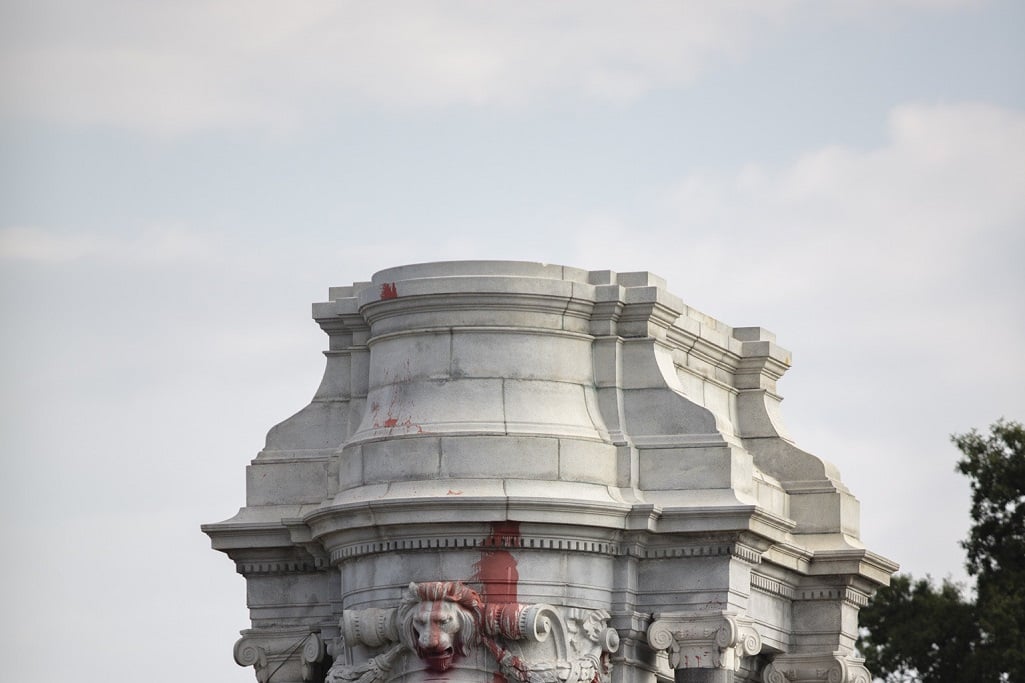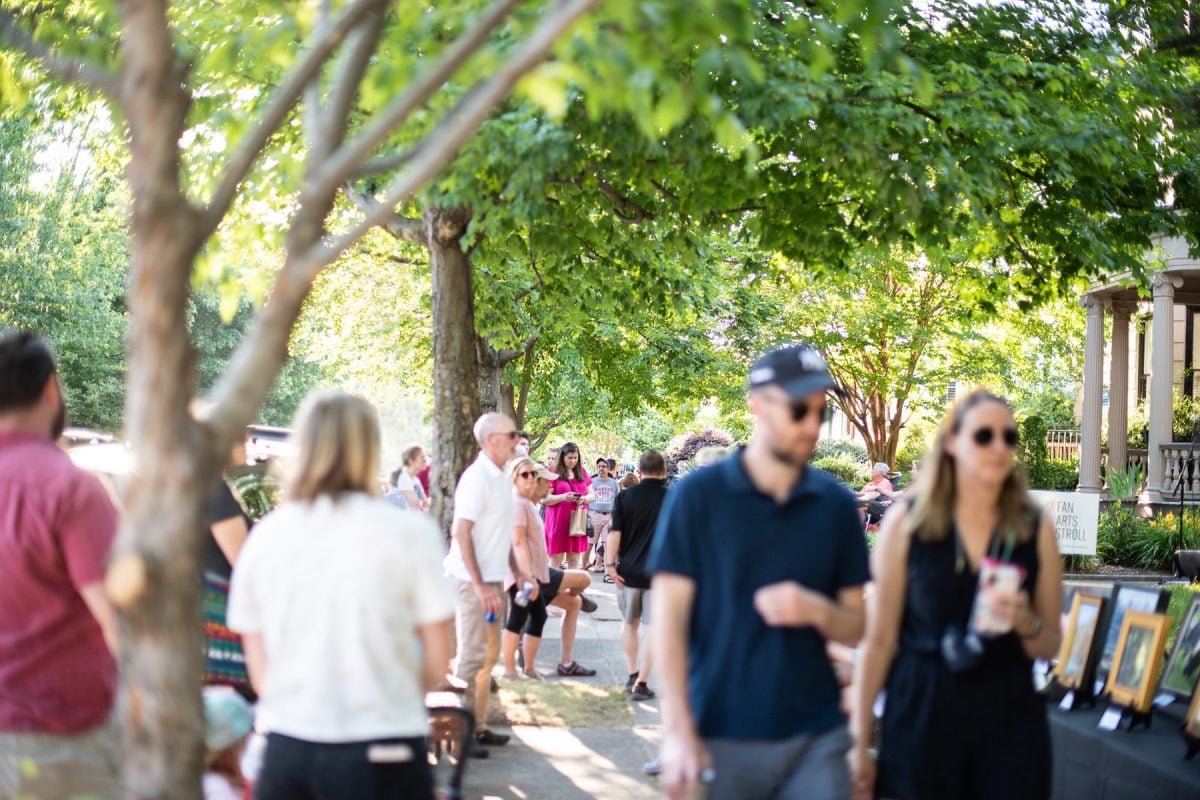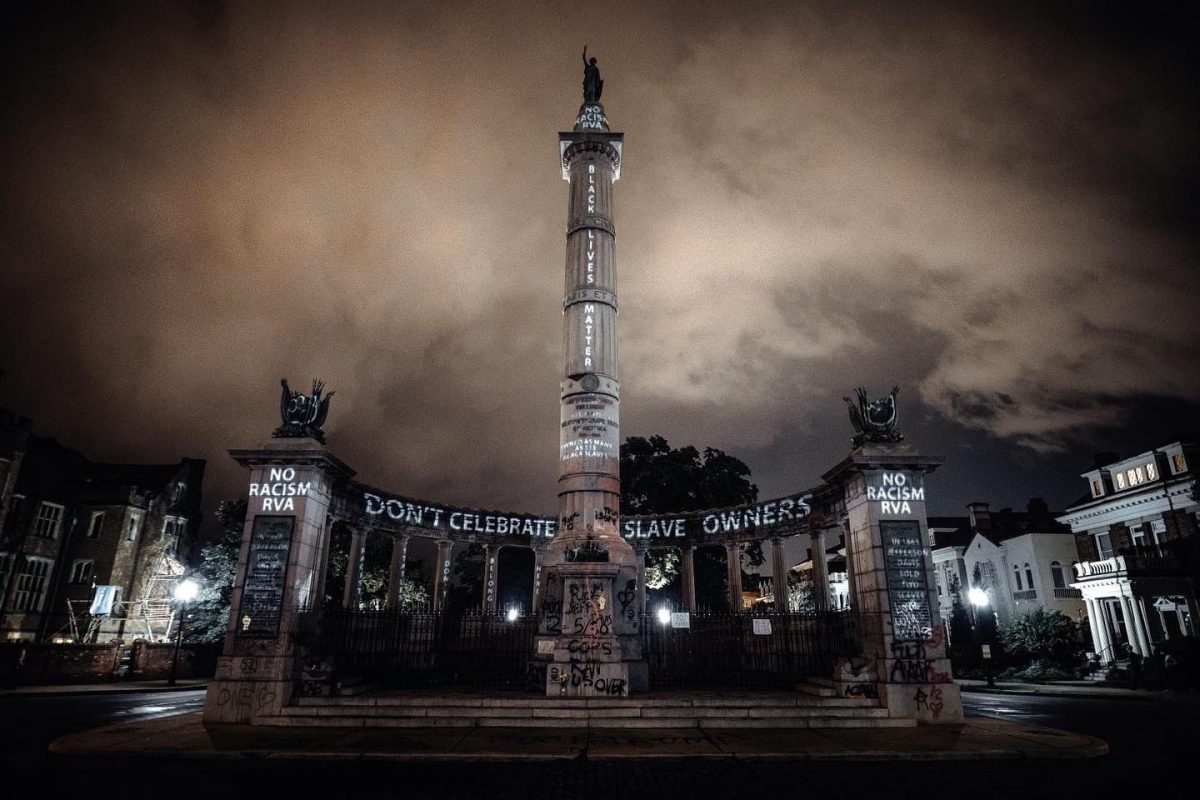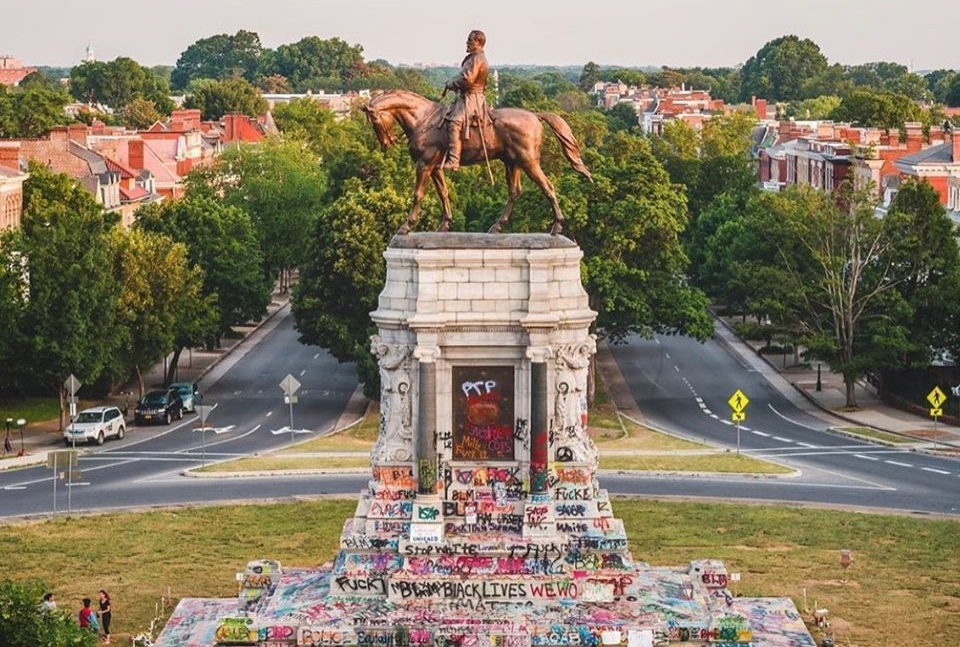This morning, over 130 years after it was installed, the Commonwealth of Virginia finally removed the statue of Confederate general Robert E. Lee from Monument Avenue. RVA Mag's John Donegan and Branden Wilson were on hand to see history being made. Robert E. Lee,...





